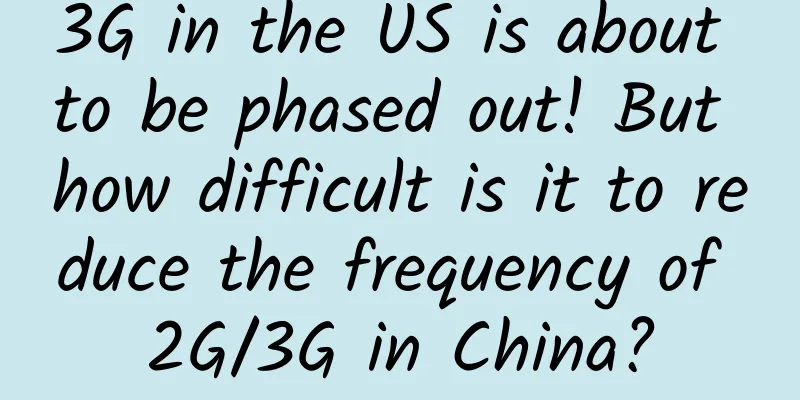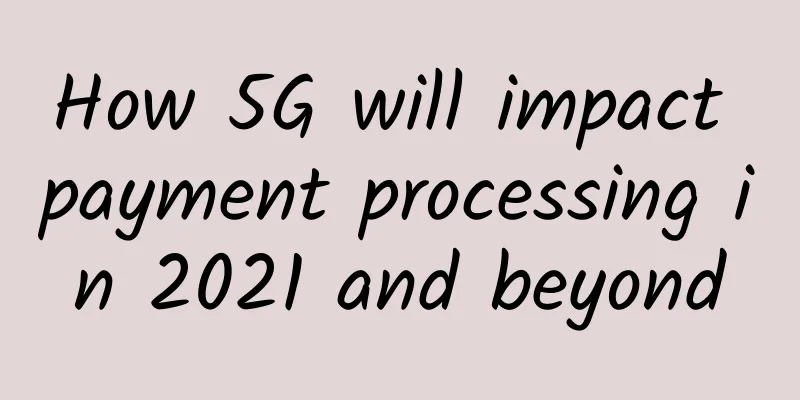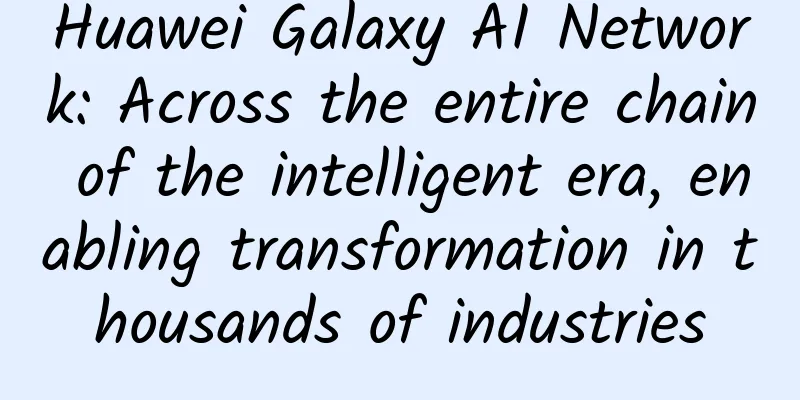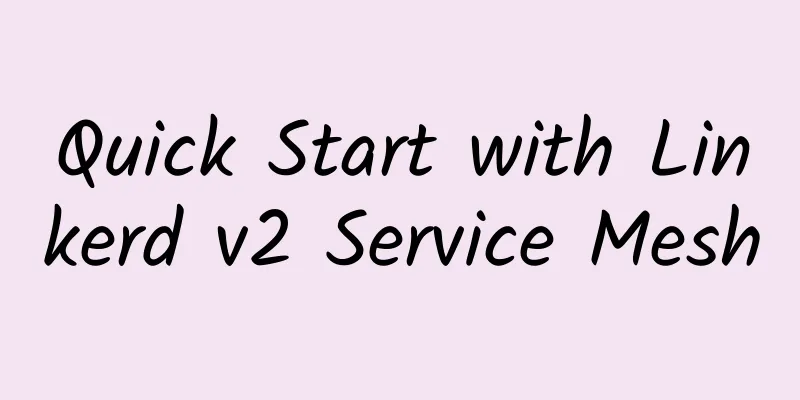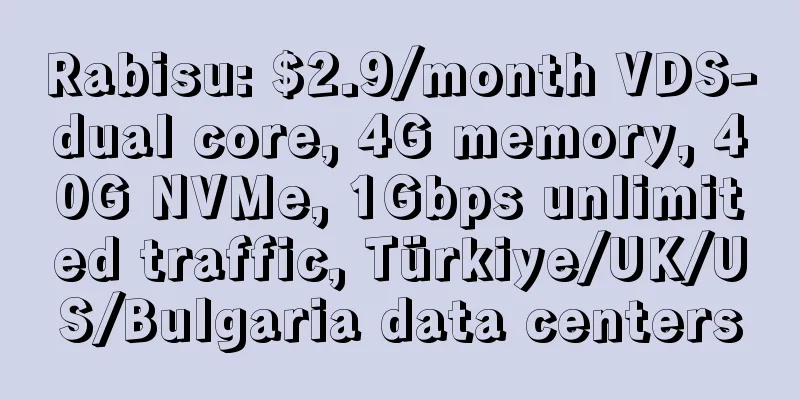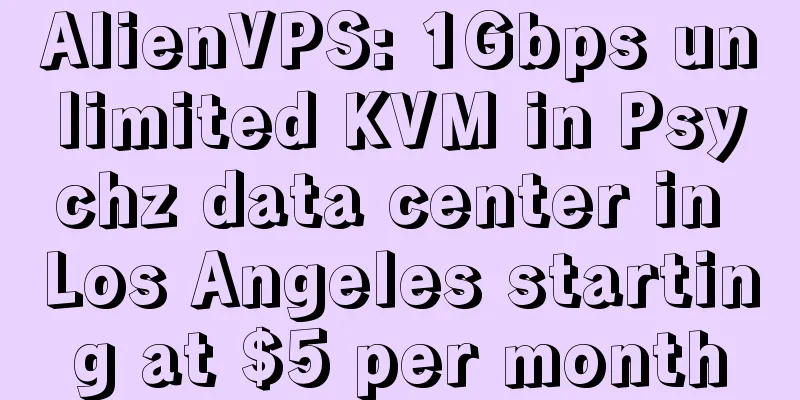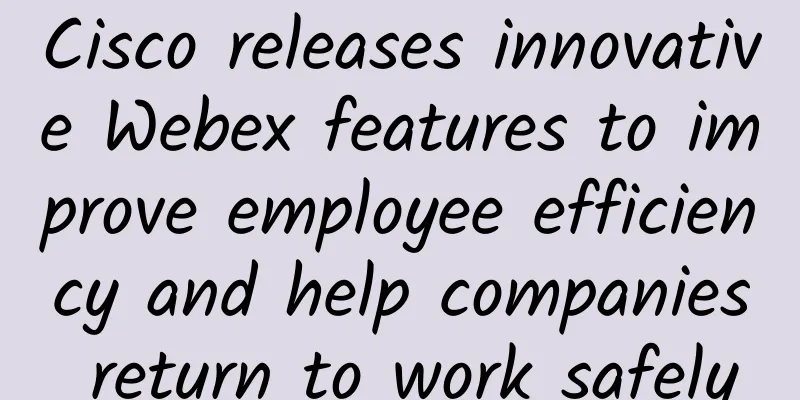When developing online documents, have you solved this technical difficulty?
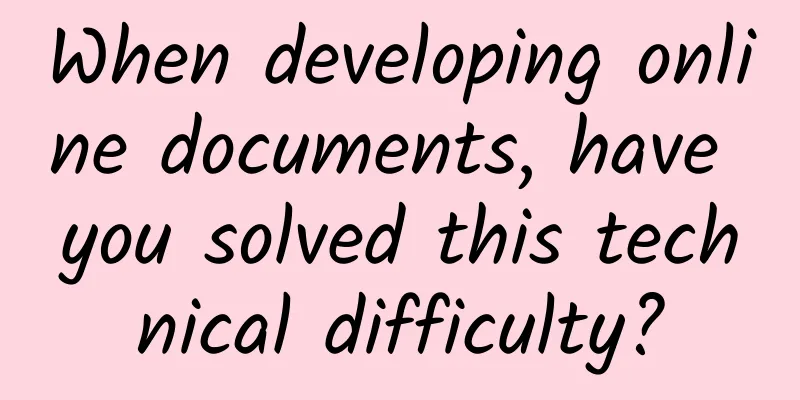
|
"Times make heroes" is an eternal truth. In the current era, online documents can be called such "heroes". The rapid development of the new generation of information technology has profoundly affected our work and lifestyle. In recent years, remote work has completely overturned the traditional enterprise management model, and online documents, as an important part of remote work software, have also ushered in rapid development. Nowadays, even though there are online office products such as Tencent Docs, Graphite Docs, Feishu, Yuque and Lingxi Docs in the market, online documents themselves still face many challenges in terms of functions, technology, data security, services, ecology, etc., such as data processing efficiency, multi-person collaboration, secondary expansion, system integration, framework compatibility issues, etc. From a technical perspective, online, data processing, and multi-person collaboration are the most critical technical indicators for developing online document systems. However, online and data processing both have relatively mature technical solutions, and are not difficult to implement. Therefore, multi-person collaboration is the core factor that affects the usability of online document systems. What is multiplayer collaboration? Multi-person collaboration means that multiple people can edit the same document at the same time, and users can see the changes made by others without refreshing. Google Docs, Tencent Docs, Shimo Docs, Quip, etc. all have multi-person collaboration functions. So, how is multi-person collaboration achieved? If any information is to be edited and displayed by multiple people in real time, the following three steps need to be implemented:
These three steps are similar to the encoding and decoding process: first, the information is converted into a set of operations, then the operations are transmitted to other terminals through the network, and finally the operations are restored to information at the local terminal. These steps may seem simple, but each step involves a lot of details. For example, during the operationalization process, when segmenting and combining information, how can we ensure that all changes in information can be decomposed into a set of operations? How can we make the operations cover all changes in information? How can we determine the granularity of segmentation? The following points need to be considered for transferability: 1. Transmission content
Ⅰ. Clarity II. Redundancy
Ⅰ. Logical Compression II. Protocol Compression III. Manual compression 2. Network Protocol
I. TCP Ⅱ.UDP
3. QoS (Quality of Service)
Restorable mainly involves: 1. Restoration of absolute operation
2. Relative operation restoration
3. Restoration of local operations
4. Non-intrusive restoration
After understanding the basic principles of multi-person collaboration, let's study its technical difficulties. What are the technical difficulties in multi-person collaboration? The essence of multi-person collaboration is Multiple Leader Replication in a distributed system, that is, any user end can be regarded as a Data Leader, and data synchronization between these leaders will inevitably encounter disorder and conflict problems . This is the main difficulty of multi-person collaboration. There are two solutions to the conflict problem of Multiple Leader Replication:
In the actual process of developing online document systems, Operational Transformation (OT) algorithm technology is a commonly used method to solve the problem of multi-person collaboration conflicts. This technology was born in 1989. Its principle is to unify text content into the following three types of operation methods, with the aim of providing users with eventual consistency implementation:
After completing the above operations, the OT algorithm merges and transforms the concurrent operations to form a new operation flow, and applies it to the historical version to achieve lock-free synchronous editing. (Operational transformation process in OT algorithm technology) The idea behind the OT algorithm is actually very simple, which is to perform corresponding operation conversions under specific conditions. Therefore, OT is mainly used for text, which is usually complex and not scalable. For more advanced structures such as rich text editing, OT uses complexity to achieve user expectations without causing too much negative impact on system performance. Therefore, most real-time collaborative editing logic is now implemented based on the OT algorithm. For this reason, the OT algorithm has become one of the most important solutions to solve the current collaborative conflict processing. However, even though it has been around for more than 30 years and the theories related to control algorithms have already flourished, it still cannot handle distributed implementation issues well, and developing a system that supports real-time collaborative editing by multiple people is far more complicated than imagined. Where is the breakthrough in achieving multi-person collaboration? It can be seen that it is not enough to rely solely on algorithm logic to realize a complex multi-person real-time collaborative editing system. It is also necessary to invest a lot of R&D costs and time according to different business scenarios (such as project dashboards, plain text editing, undo/redo, etc.), and find the balance between product performance and ease of use through continuous exploration. So, is there a simpler and faster solution? By analyzing the sample codes of many online collaborative office products on the market, we found that in addition to using the OT algorithm mentioned above, these products basically use third-party table components . By embedding components, the online document system well supports the final consistency of multi-person collaboration, providing users with a more user-friendly and diverse experience, while reducing R&D costs, achieving a higher density of computing complexity, and greatly improving the efficiency of multi-person collaboration. What functions does a table component for multi-person collaboration need to have? First, there is functional support for tables. Since the numerical sensitivity of tables is much higher than other data types, they can achieve more delicate operation granularity and calculation complexity when used as multi-person collaborative documents. Therefore, the selected components must have strong table function support, not only showing strong capabilities in data entry and data reporting, but also various statistics, calculation summaries, perspective analysis, and graphical methods. Secondly, an open API interface is needed to meet more customization options . This type of component needs to provide a wealth of events and application programming interfaces to control logic such as cell status, form protection, and data transmission. For multi-person collaboration, it is also necessary to restrict users from editing the same content, as well as insert timestamps (serialization) and other functions. Out of curiosity, I downloaded and tried many table components online, and found that only a handful of them can meet the above requirements, and SpreadJS is undoubtedly the most eye-catching one. This component focuses on "online Excel" that can be embedded in the system. The pure front-end architecture can be easily embedded in system development without considering compatibility with the native system. It is worth mentioning that SpreadJS uses sparse arrays as a storage model. Compared with traditional chain storage or array storage, sparse arrays only store non-empty data, and do not need to open up additional memory space for empty data. In addition to saving memory space, sparse arrays also make it easier to build a row-indexed data dictionary for loosely laid out data types such as tables, so that any level of nodes in the entire storage structure can be replaced or restored at any time. With this feature, SpreadJS achieves efficient data rollback and data recovery (Redo/Undo) in multi-person collaboration.
Conclusion The demand for enterprise collaborative office will increase dramatically with the deepening of digital transformation. In the future, enterprise collaborative office will develop in the direction of improving product usability, integration and secondary expansion capabilities, high compatibility with original systems/businesses, and meeting the usage habits of end users. How to break through technical barriers and develop online document products that can meet user needs in different scenarios and have market competitiveness and differentiation is the primary consideration for SaaS companies and system suppliers. “Good winds help me soar to the sky.” In today’s fiercely competitive online document field, in addition to spending a lot of energy on independent research and development, learning to leverage other’s strengths to meet different business scenarios and customer needs may also be a good choice. |
<<: How online help documents/user manuals can help companies better understand their users
>>: GSMA: 5G networks will cover two-fifths of the world's population by 2025
Recommend
Airplanes are all equipped with 5G, so why is the signal on high-speed trains still so poor?
[[403928]] This article is reprinted from the WeC...
Current status of Chinese domain names: low application level and potential security risks
Recently, at the Second China Domain Name Develop...
Log Analysis for Software Defined Data Center (SDDC)
Modern infrastructure is generating log data at a...
Wi-Fi vs. Ethernet: How Better Is a Wired Connection?
Wi-Fi is obviously more convenient than wired Eth...
How to design a scalable and flexible cabling system for data centers?
Cabling is an essential part of any data center b...
How is IPv6 represented? How is IPv4 converted to IPv6?
IPv6 has been gradually applied, and now many ope...
What is T568A wiring?
The T568A standard provides a uniform method for ...
Privileged Access Management: The Future of Cyber Resilience
Attacks against critical infrastructure and gover...
How far will 5G go on the road to industrial application?
[[377138]] 5G unmanned mines, 5G intelligent tran...
Serverless Engineering Practice | Tips for Optimizing and Debugging Serverless Applications
Tips for debugging serverless applications During...
The China-South Korea match at the 40,000-person He Long Sports Center revealed the secrets behind the "Wireless Bee Madness"
On March 23, the Chinese national football team w...
Interviewer: Can you tell me why TCP needs three handshakes and four waves?
The TCP protocol is a connection-oriented, reliab...
South Korea pushes for independence of 6G core technology
After South Korea launched the world's first ...
Four indicators to help you choose the best multi-service data center provider
A new report from MarketsandMarkets predicts that...
6GHz band officially approved, Wi-Fi 6E to debut this year: 2.5 times faster
Since the Wi-Fi frequency band was first vacated ...
